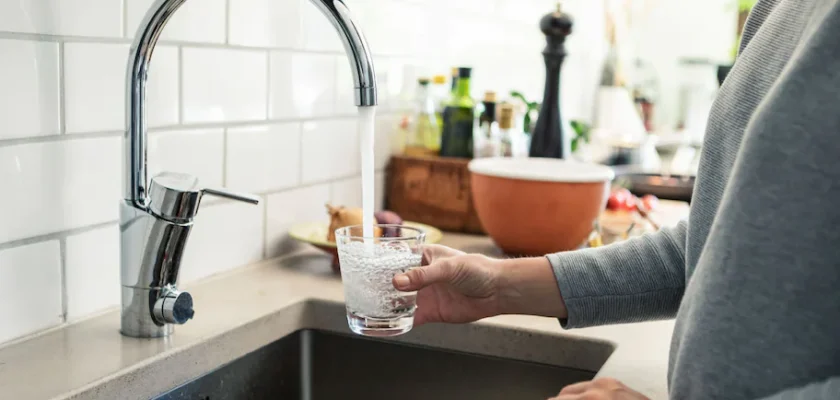As the world becomes more and more urbanized, it’s important to be mindful about the water you drink and the water you put into the environment. This is especially true in cities where water resources are often scarce.
Here are some tips to help you care for your water:
- Use treated water for drinking, cooking, cleaning and other purposes.
- Catch rainwater if possible.
- Avoid using high-pressure water washers and hoses, which can damage pipes and fixtures.
- Avoid using unlicensed plumbers and water purification companies.
- Participate in local water conservation campaigns.
Plumbing Services
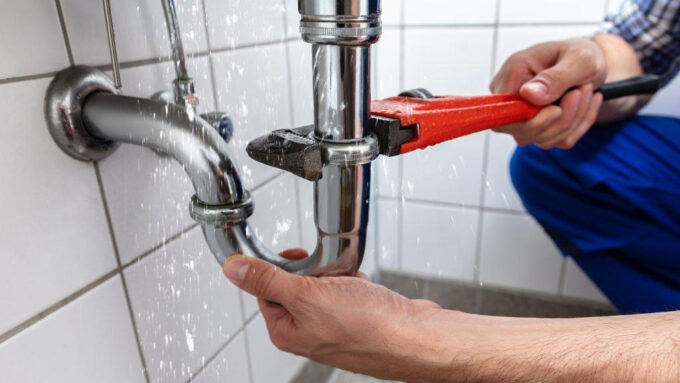
Source:pinterest.com
When it comes to plumbing, you can never be too safe or too sure. Read on for some tips on how to take care of your plumbing system and ensure that it is functioning properly.
This guide will cover the basics of water treatment and discuss some best practices for keeping your plumbing system healthy and functional.
One of the most important tasks you can do to keep your plumbing system in good shape is to regularly treat your water with a filter. This will remove any harmful contaminants that may have built up over time. It’s also important to make sure you are using the right type of water filter for your specific needs. For example, if you have a well, you may only need a basic water filter while those living in an area with municipal water should invest in a more comprehensive filter.
It’s also important to keep an eye on your drainage system. If it’s clogged up, water can start backing up and causing flooding in your home. Try to keep an eye on the condition of your drains and clear any debris as soon as possible.
Finally, remember to use caution when working with hot water supplies. Never overload or tamper with hot water tanks, and always use caution when using a shower or bathtub.
Types of Water Treatment
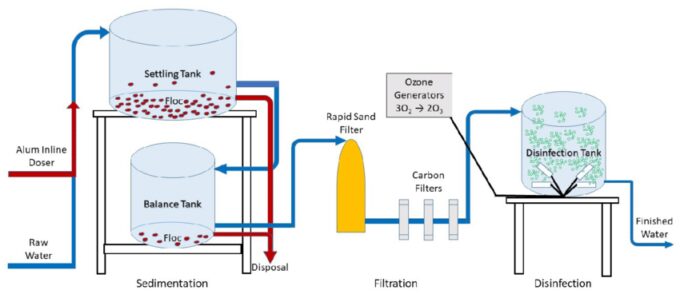
Source:researchgate.com
There are many types of water treatment systems, but the three most common ones are filtration, absorption, and desalination. Filters remove large particles like dust and dirt and can be either mechanical or chemical. Absorption systems use filters to trap contaminants and then release them into a water treatment plant’s sewage system where they are eliminated. Desalination uses salt to transform seawater into freshwater.
Each type of water treatment has its own benefits and drawbacks. Filters can be expensive to maintain, so it is important to choose the right system for your needs. Absorption systems can be less expensive to operate, but they may not be able to remove all pollutants from water. Desalination is the most expensive option, but it is also the most efficient in removing pollutants.
Chlorine Dioxide (CLO) Water Treatment
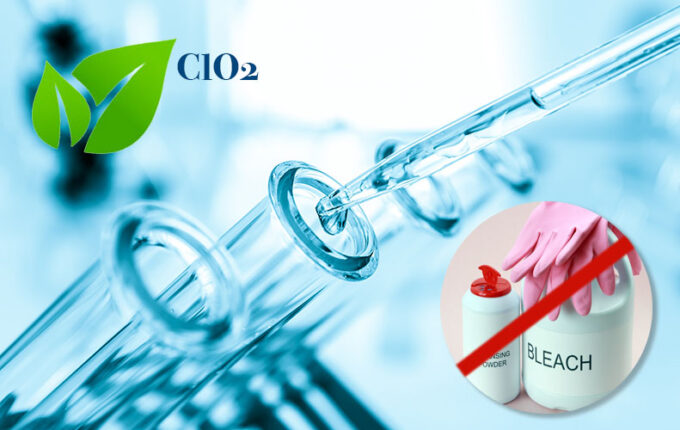
Source:nokout.com
Chlorine dioxide (CLO) water treatment is a popular choice for those looking to save money and improve the quality of their water. CLO is effective at removing both bacterial and chemical contaminants, making it a great choice for municipalities seeking to improve the quality of their water supply. In this blog post, we’ll cover some tips for using CLO water treatment, as well as provide some best practices to follow when using CLO.
To start, it’s important to understand the key properties of CLO that make it an effective water treatment option. First and foremost, CLO is a highly reactive oxidant that can easily break down contaminants within the water supply. Second, CLO is non-toxic and does not produce harmful by-products when used in water treatment systems. Finally, CLO is relatively affordable and easy to use, making it a popular choice for municipalities looking to improve the quality of their water supply.
Advanced Oxidation Processes (AOPs)
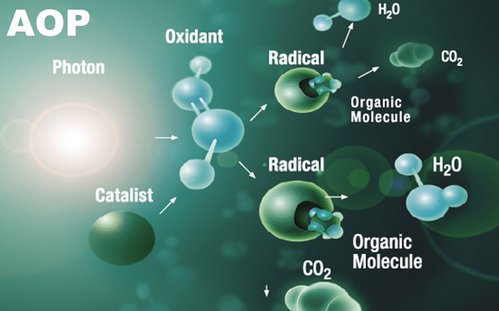
Source:facebook.com
Advanced oxidation processes (AOPs) are a type of water treatment that use oxidants to remove contaminants from water. AOPs can be used in place of more traditional water treatment methods, such as filtration and chlorination, because they are more efficient at removing contaminants.
There are many different types of AOPs, but the most common is oxidation-reduction (OR) disinfection. OR disinfection involves feeding water containing pollutants into an oxidation reactor, where oxygen atoms break down the pollutants into smaller molecules that can be eliminated by the filters. This process is also called “catalytic oxidation” or “reductive decontamination” because it uses the catalytic action of oxygen to break down pollutants.
There are several benefits to using AOPs instead of traditional water treatment methods:
– AOPs are more efficient at removing contaminants than traditional water treatment methods. OR disinfection is especially effective at removing bacteria and viruses.
– AOPs are less expensive than traditional water treatment methods. OR disinfection is one of the most cost-effective types of water treatment.
– AOPs can be used in places where traditional water treatment methods are not possible or are not desirable, such as in areas with high levels of pollutants.
– AOPs are environmentally friendly because they use relatively small amounts of oxidants to remove contaminants from water.
There are several types of AOPs, but the most common is oxidation-reduction (OR) disinfection. OR disinfection involves feeding water containing pollutants into an oxidation reactor, where oxygen atoms break down the pollutants into smaller molecules that can be eliminated by the filters. This process is also called “catalytic oxidation” or “reductive decontamination” because it uses the catalytic action of oxygen to break down pollutants.
Biological Water Treatment (BWT)
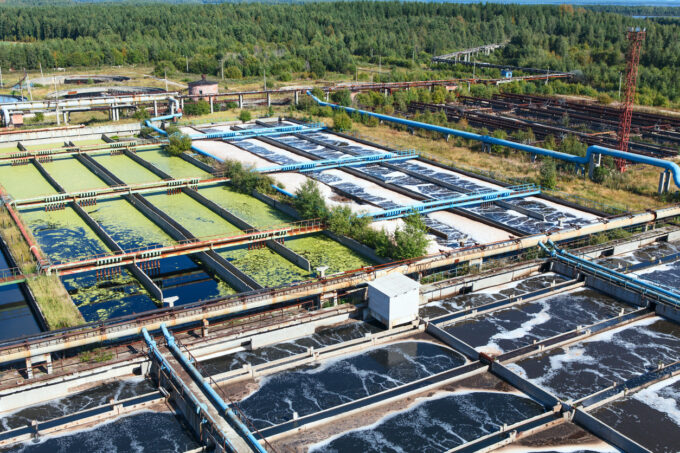
Source:facebook.com
BWT is a process that uses naturally occurring organisms to clean water. The microbes used in BWT are effective at removing contaminants from water and can be used in place of traditional chemical treatments. There are a few things to keep in mind when using BWT systems, so let’s take a look at some tips.
– First and foremost, make sure the water you are treating is safe to drink. Contaminants can be harmful if ingested, so it is important to ensure the water you are using is free of harmful chemicals.
– Second, always use safety equipment when handling any type of water treatment system.
– Third, be patient; even with a well-functioning BWT system, it may take some time for the system to work its magic.
– Finally, remember to regularly check your system to ensure it is performing as expected.
Conclusion
This concluding paragraph summarizes the main points of this article. In order to keep your water clean and safe, it is important to follow some essential water treatment tips. Additionally, best practices for water treatment can help to prevent contaminants from entering the water supply and harming people or animals who consume it.

